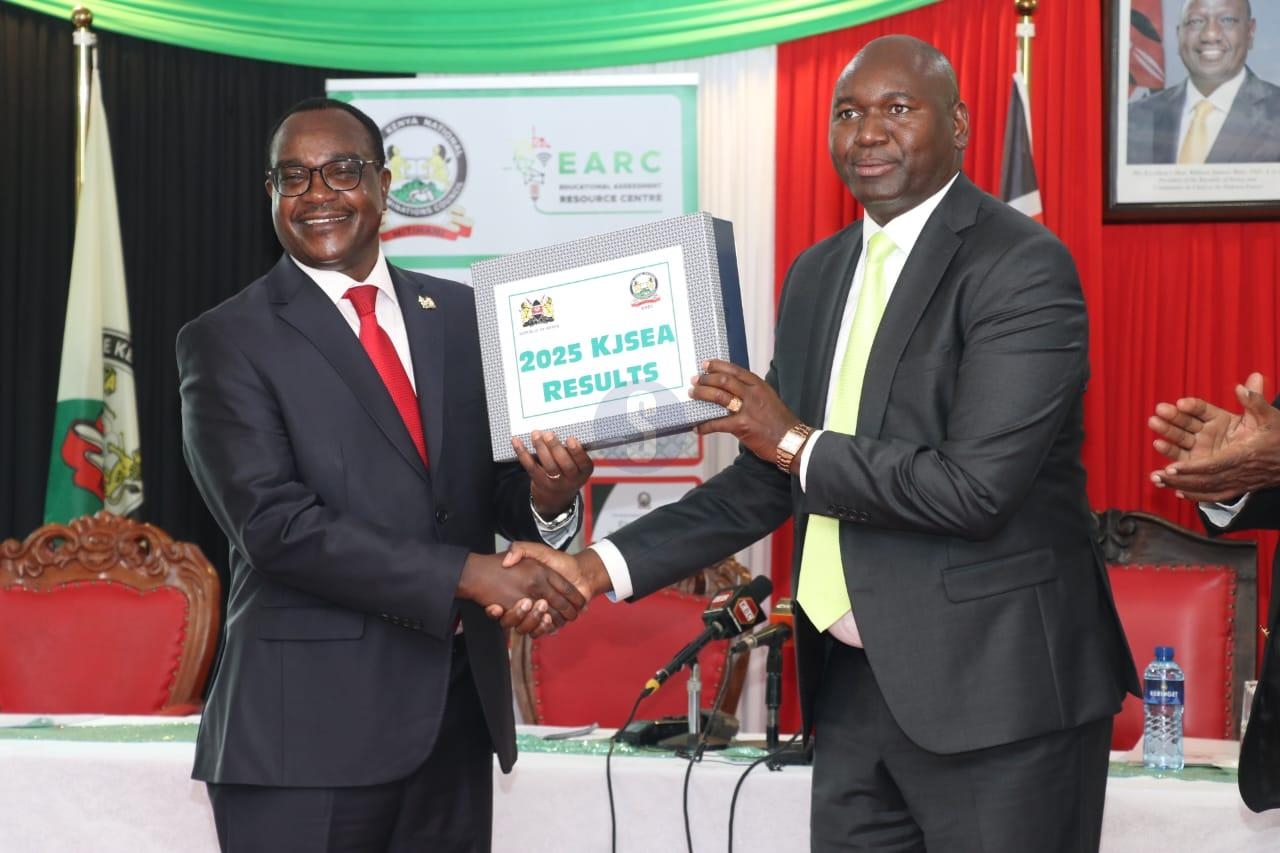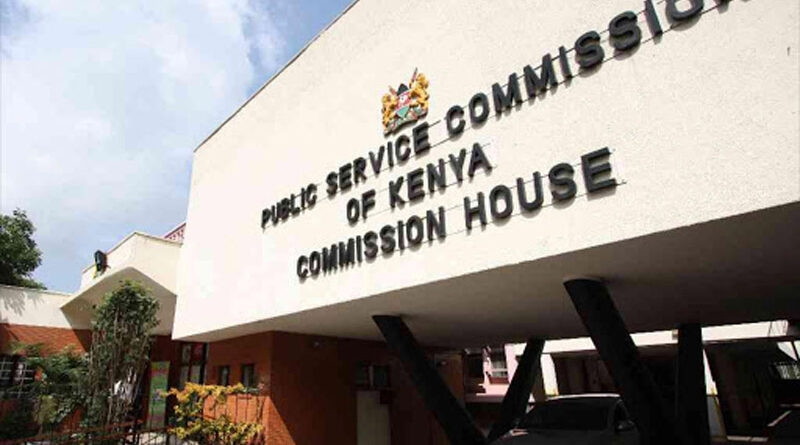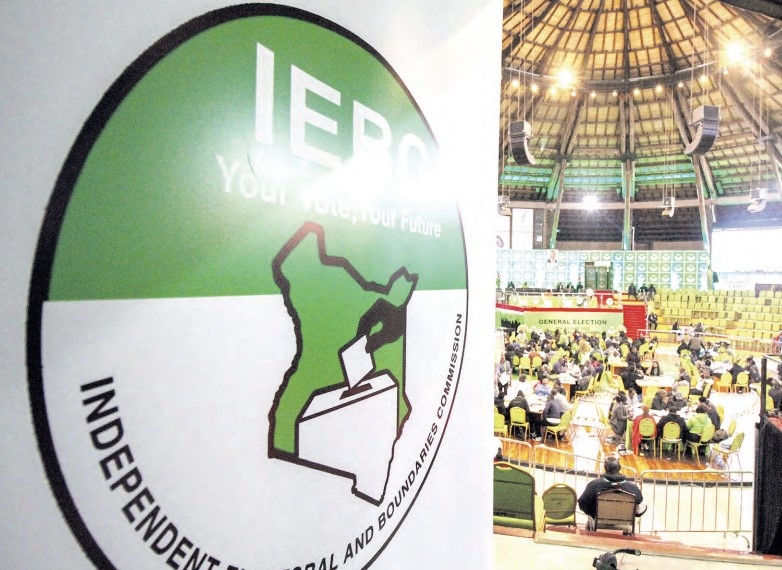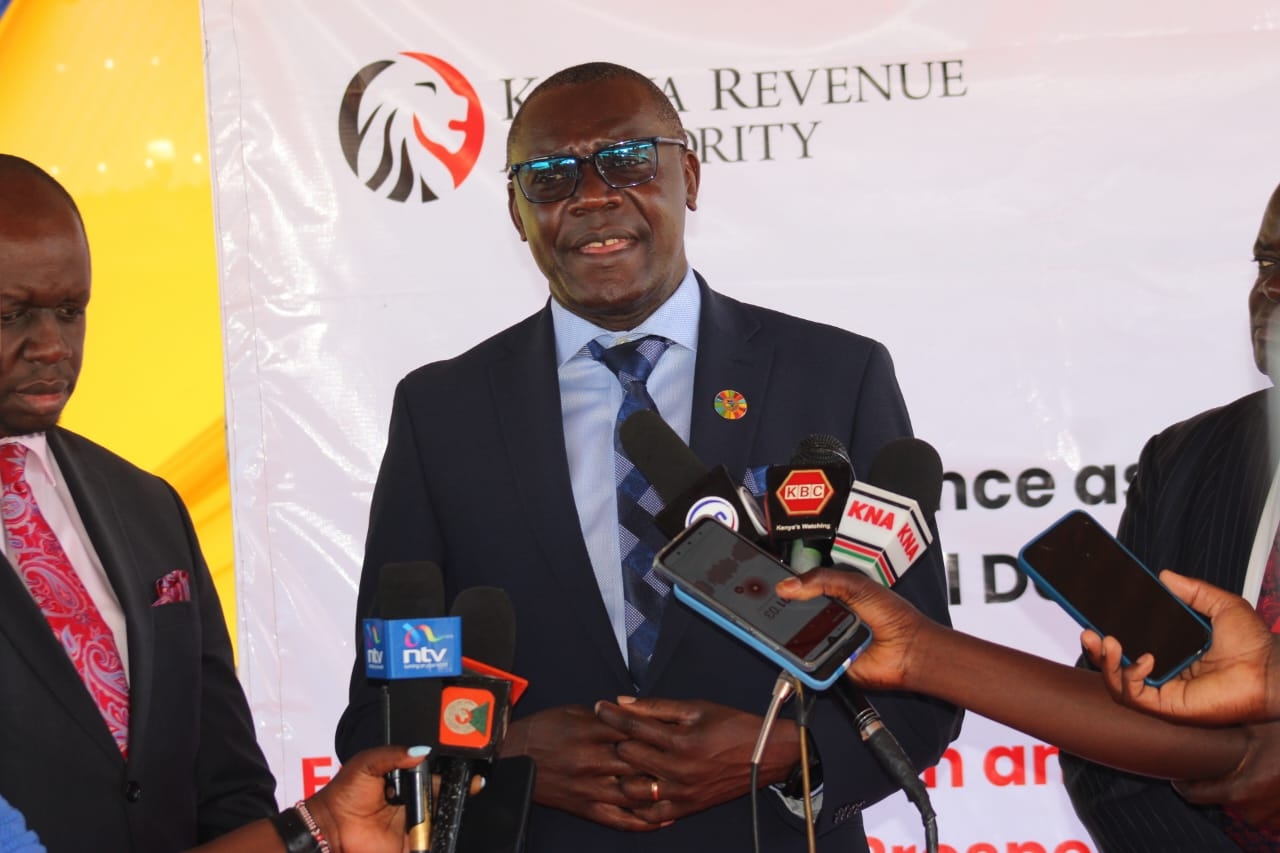It is #MahakamaDijitali as the judiciary is preparing to roll out e-filing across all court stations in the country.
The exercise is scheduled for Monday, March 11, where the Judiciary will launch e-filing on all courts, data tracking dashboards and cause list portals(court case timetable).
But before then, these are some of the things you need to understand about the system.
The electronic system was first launched by former Chief Justice David Maraga.
In March 2023, Chief Justice Martha Koome announced plans to introduce electronic case filing in all court stations across the country.
This was following a successful implementation in Nairobi.
The e-filling system provides both citizens and non-citizens with a platform to initiate and complete the process of filing cases digitally.
It also provides them with a way of making e-payments and e-receipting.
How to register
According to the Judiciary, to access the platform you need to register online for a user ID and password.
Then visit the Judiciary website at http://judiciary.go.ke or directly visit http://efiling.court.go.ke.
Once there, you click the link sign up for an account and have it activated.
The system gives law firm owners the option of creating multiple users in the account.
"If you own a law firm and need to file cases for your clients and have several advocates in your firm register, you can create multiple users in the account to manage the electronic filing for the firm," the Judiciary said on their X account.
Likewise, those with organisations in need of filing a case can create multiple users in the account to manage the electronic filing.
This is especially true if the organisation has several advocates in it.
Who can file a case
Anyone.
Whether you are a member of the public, a member of the Law Society of Kenya (LSK), or work at an organisation or a government agency, you are cleared to file a case.
The agencies include the Office of the Director of Public Prosecutions (ODPP), the Attorney General's Office and the Ethics and Anti-Corruption Commission (EACC).
The Judiciary has noted that government agencies account for criminal matters will be provided by the court.
Requirements before filing a case
Before filing a case through the system, ensure you have an active account in the system and a valid email address.
Ensure you have selected the right court where you want to file and that you have all case documents in soft copy and PDF.
Documents are uploaded in PDF and the maximum upload size is 50mb.
The documents should be properly named; Affidavit, Annexures, plaint.
You should also make sure that you have enough money to pay court fees either in M-Pesa or the bank.
You also need internet connection to your computer.
Further, ensure that you have the ID number, email and phone number of the parties you are representing.
You should also ensure you have the email address for the other party/ parties to facilitate e-service.
Assessing of court fees and mode of payment
Once the above step is complete, the system will automatically assess the fees and may be reviewed by the court if an under-assessment is noted.
As earlier stated, you need to have enough money in your bank or M pesa when filing a case.
The options available for payment include the above with the bank being Kenya Commercial Bank (KCB).
One can either use KCB Teller or KCB Mtaani.
There is also the option of paying using RTGS.
"More payment options will be added in the near future," the judiciary has assured.
To confirm payment, you will receive a notification from the bank through an SMS and an electronic receipt via email.
Case reception confirmation and tracking
After filing and payment, you will receive a notification from the court through an SMS and email indicating the list of documents filed, case number and electronic receipt.
This is a confirmation that the case has been received.
At the same time, once the case has been received by the court the client will be provided with options on how to serve the parties online.
This is done through e-service where upon approval by the Registry, the system dispatches pleadings to the email addresses provided by parties.
The Judiciary however regretted in many cases parties have provided fictitious or no email addresses.
All updates in the case are communicated through notifications on SMS, email, and on the e-filing platform.
It is important to note that proceedings are not yet available in the system.
"We are in the process of developing a one-stop system with a Court Recording and Transcription component. For now, the system avails all pleadings filed since the launch of e-filing," the Judiciary said.
Issues to note after filing
The Judiciary noted that one can save their work and continue to file later.
A partially filed work is saved for a maximum of 30 days before it is expunged from the system.
After that, you have to start the process afresh.
The date the document is e-filed is the date the assessed fees are paid in full.
A document will be considered filed once a payment confirmation is received from the bank.
Once the initial e-filing is done and a case is already in existence, it is possible to add documents.
Here, you are required to request a link to the case and await verification by the court to continue filing.
Once linked to a case, you can get access to file documents into the same.
On the e-filing platform, one comes across e-case registration, e-payment, e-case search, e-calendar and e-service.












